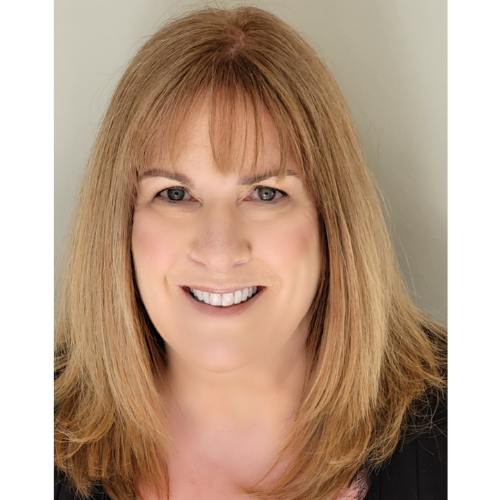
Anatomy of a Differentiated Prospect Meeting
In the last post, I suggested that a truly differentiated prospect meeting is about two things:
- What you focus on during that first meeting, and
- If or how you involve the prospect in the process
Put another way, if you can change the prospect conversation, you can change the experience for the better.
I promised to bring that to life this week with a real example, of a real prospect meeting with a real advisory firm.
The moral of the story I'm about to share is clear. What a prospect tells you they want to discuss and what they need to discuss may be two different things. And they may not know the difference.
The Context
Let me start with an introduction to the advisory firm and the prospect.
- The Firm. Foster Group (a firm that we are lucky enough to call a client) manages more than $3b on behalf of their high-net-worth clients. Their goal was to deliver a meaningful and differentiated experience, but also to do that at scale, and consistently across their business development team.
- The Prospect. This couple was considering working with a new advisor and reached out to book a meeting with Foster Group.
HOW to Co-Create the Prospect Agenda
As a first step, the prospect received an email with a link to find a convenient time to meet using Calendly. Nothing new there.
But the process, after hitting ‘submit’ on the invitation, was very different.
At that point, they were personally invited to take a few minutes to answer some questions. The messaging, wrapped around those questions, reinforced that the goal was to ensure that the meeting was focused on what was most important to the prospect.
It’s important to note that not one of those questions was about how much money they had, nor were they invited to share personal financial information. The focus was entirely on how they were feeling about their financial future, what kept them up at night and, of course, what they wanted to discuss with the advisor. And they were encouraged to respond separately, rather than jointly, as a couple.
Now let’s look at how they responded. The names, of course, have all been changed.
When asked what they wanted to discuss, the response was exactly what you might expect.

By contrast, if the prospect was asked the same question at the beginning of the meeting, they would have responded in exactly the same way. And that response would have been the focus. In the end, the conversation would have been helpful but not terribly meaningful.
(As a side note, how interesting is it that the prospect asked about available online tools? Maybe it’s just me.)
But that wasn’t the end. They were also asked about their concerns and their level of confidence, clarity and control. And while they both felt confident in the future, something interesting happened when asked about their concerns.

Focus on Their Needs Not Your Goals
Their responses on the concerns question changed the conversation.
- She wasn’t worried about having enough money to retire; he was very concerned.
- She didn’t see a big issue when it came to the children making good financial decisions and he did.
- She felt the family would be fine when she passed away, he didn’t agree.
(Feel free to note how this diverges from typical gender stereotypes.)
Foster Group was able to unearth and share those differences before the meeting, giving the prospect a sense of what it might be like to work with the firm, and a chance for a ‘couples conversation’ in advance. This was only two of the questions; I won't share all their secrets!
Armed only with input on what the prospect wants to discuss, the conversation could have easily and narrowly focused on the details of a potential advisory relationship. But armed with insights on how they were feeling and where those feelings diverged, the advisor could quickly get to the heart of concerns that may never have been discussed.
In the process, the prospect experienced true value, rather than simply learning about services, fees and online tools.
Taking Action
Linking back to the last post, Foster Group’s prospect process was truly meaningful and differentiated because:
- The questions went beyond asking what they wanted to add to the agenda
- The firm avoided requests for personal financial information before the first meeting
- The prospect learned something about themselves as part of the process
So how can you truly differentiate your introductory meetings? There is no one right answer to this question. We believe, however, that it starts simply. Ask questions that will unearth the lurking concerns and challenges of prospects in advance and use those insights to change the conversation.
Thanks for stopping by,
Julie





